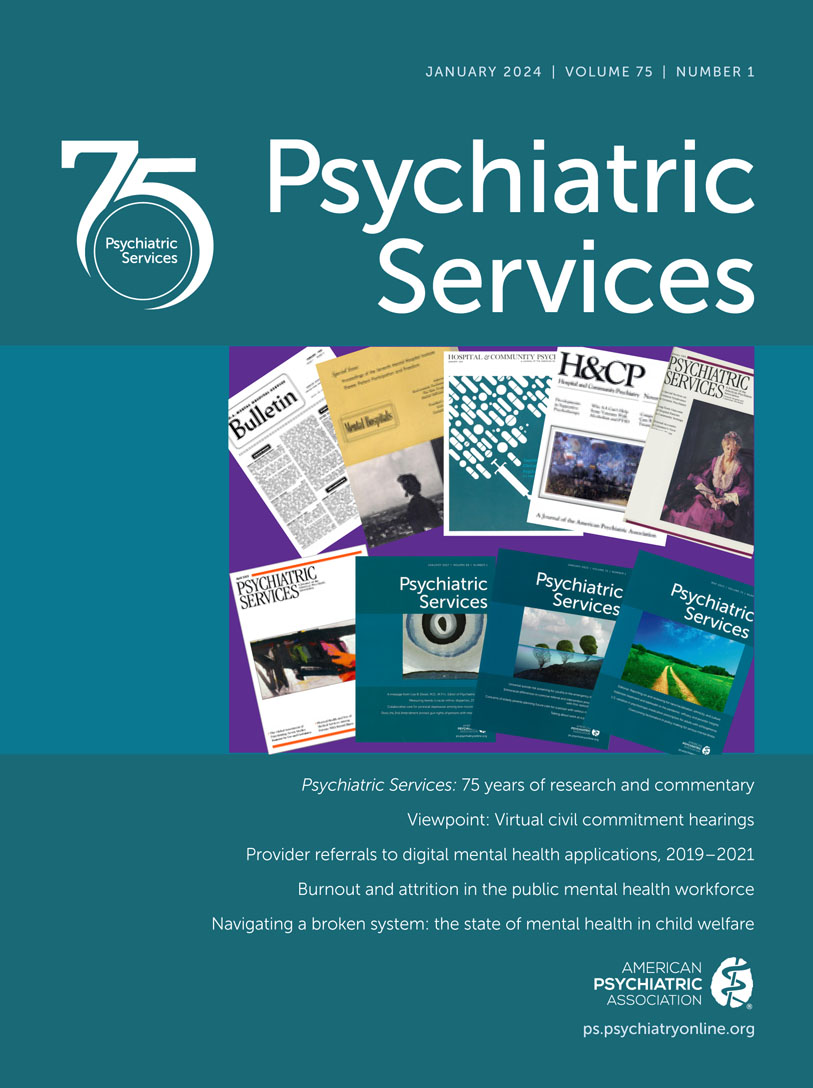Factors Influencing Turnover and Attrition in the Public Behavioral Health System Workforce: Qualitative Study
Abstract
Many states are experiencing a behavioral health workforce crisis, particularly in the public behavioral health system. An understanding of the factors influencing the workforce shortage is critical for informing public policies to improve workforce retention and access to care. The aim of this study was to assess factors contributing to behavioral health workforce turnover and attrition in Oregon. Semistructured qualitative interviews were conducted with 24 behavioral health providers, administrators, and policy experts with knowledge of Oregon’s public behavioral health system. Interviews were transcribed and iteratively coded to reach consensus on emerging themes. Five key themes emerged that negatively affected the interviewees’ workplace experience and longevity: low wages, documentation burden, poor physical and administrative infrastructure, lack of career development opportunities, and a chronically traumatic work environment. Large caseloads and patients’ high symptom acuity contributed to worker stress. At the organizational and system levels, chronic underfunding and poor administrative infrastructure made frontline providers feel undervalued and unfulfilled, pushing them to leave the public behavioral health setting or behavioral health altogether. Behavioral health providers are negatively affected by systemic underinvestment. Policies to improve workforce shortages should target the effects of inadequate financial and workplace support on the daily work environment.
Access content
To read the fulltext, please use one of the options below to sign in or purchase access.- Personal login
- Institutional Login
- Sign in via OpenAthens
- Register for access
-
Please login/register if you wish to pair your device and check access availability.
Not a subscriber?
PsychiatryOnline subscription options offer access to the DSM-5 library, books, journals, CME, and patient resources. This all-in-one virtual library provides psychiatrists and mental health professionals with key resources for diagnosis, treatment, research, and professional development.
Need more help? PsychiatryOnline Customer Service may be reached by emailing [email protected] or by calling 800-368-5777 (in the U.S.) or 703-907-7322 (outside the U.S.).



